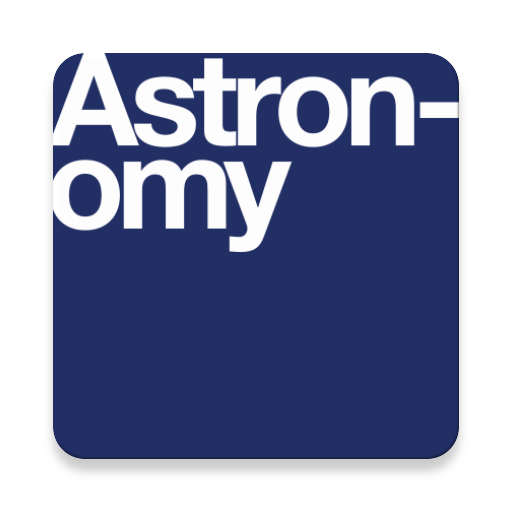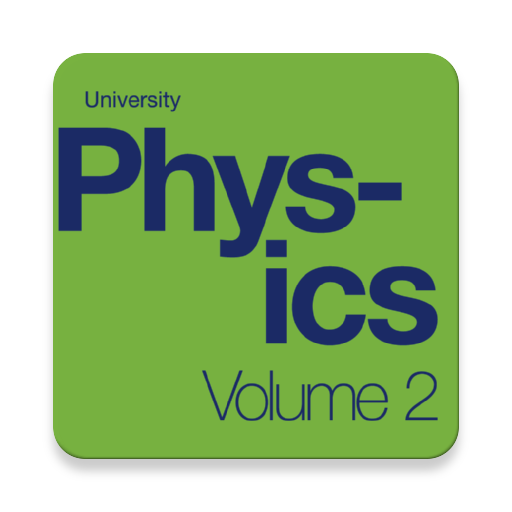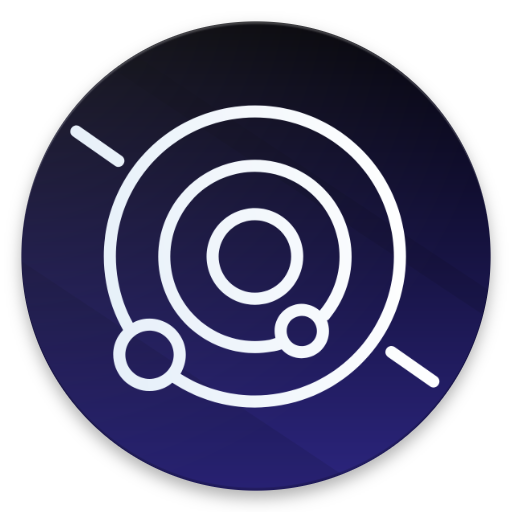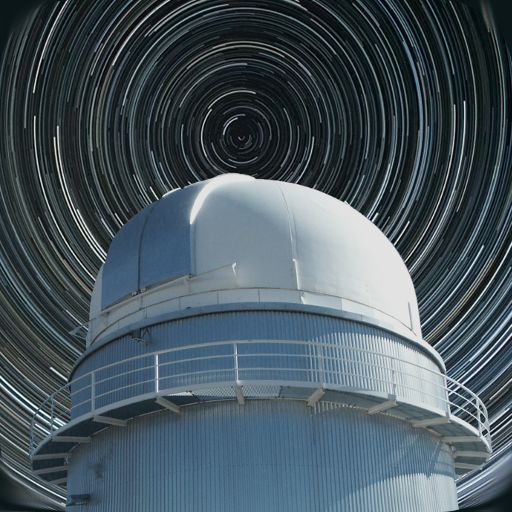

Astronomy Textbook, MCQ, Test Bank, Flash Cards
Graj na PC z BlueStacks – Platforma gamingowa Android, która uzyskała zaufanie ponad 500 milionów graczy!
Strona zmodyfikowana w dniu: 20 marca 2018
Play Astronomy Textbook, MCQ, Test Bank, Flash Cards on PC
* Complete Textbook by OpenStax
* Multiple Choices Questions (MCQ)
* Essay Questions Flash Cards
* Key-Terms Flash Cards
Powered by QuizOver.com the leading online quiz creator
https://www.quizover.com
1. Science and the Universe: A Brief Tour
1.1. The Nature of Astronomy
1.2. The Nature of Science
1.3. The Laws of Nature
1.4. Numbers in Astronomy
1.5. Consequences of Light Travel Time
1.6. A Tour of the Universe
1.7. The Universe on the Large Scale
1.8. The Universe of the Very Small
1.9. A Conclusion and a Beginning
2. Observing the Sky: The Birth of Astronomy
2.1. The Sky Above
2.2. Ancient Astronomy
2.3. Astrology and Astronomy
2.4. The Birth of Modern Astronomy
3. Orbits and Gravity
3.1. The Laws of Planetary Motion
3.2. Newton’s Great Synthesis
3.3. Newton’s Universal Law of Gravitation
3.4. Orbits in the Solar System
3.5. Motions of Satellites and Spacecraft
3.6. Gravity with More Than Two Bodies
4. Earth, Moon, and Sky
4.1. Earth and Sky
4.2. The Seasons
4.3. Keeping Time
4.4. The Calendar
4.5. Phases and Motions of the Moon
4.6. Ocean Tides and the Moon
4.7. Eclipses of the Sun and Moon
5. Radiation and Spectra
5.1. The Behavior of Light
5.2. The Electromagnetic Spectrum
5.3. Spectroscopy in Astronomy
5.4. The Structure of the Atom
5.5. Formation of Spectral Lines
5.6. The Doppler Effect
6. Astronomical Instruments
6.1. Telescopes
6.2. Telescopes Today
6.3. Visible-Light Detectors and Instruments
6.4. Radio Telescopes
6.5. Observations outside Earth’s Atmosphere
6.6. The Future of Large Telescopes
7. Other Worlds: An Introduction to the Solar System
7.1. Overview of Our Planetary System
7.2. Composition and Structure of Planets
7.3. Dating Planetary Surfaces
7.4. Origin of the Solar System
8. Earth as a Planet
8.1. The Global Perspective
8.2. Earth’s Crust
8.3. Earth’s Atmosphere
8.4. Life, Chemical Evolution, and Climate Change
8.5. Cosmic Influences on the Evolution of Earth
9. Cratered Worlds
9.1. General Properties of the Moon
9.2. The Lunar Surface
9.3. Impact Craters
9.4. The Origin of the Moon
9.5. Mercury
10. Earthlike Planets: Venus and Mars
10.1. The Nearest Planets: An Overview
10.2. The Geology of Venus
10.3. The Massive Atmosphere of Venus
10.4. The Geology of Mars
10.5. Water and Life on Mars
10.6. Divergent Planetary Evolution
11. The Giant Planets
11.1. Exploring the Outer Planets
11.2. The Giant Planets
11.3. Atmospheres of the Giant Planets
12. Rings, Moons, and Pluto
12.1. Ring and Moon Systems Introduced
12.2. The Galilean Moons of Jupiter
12.3. Titan and Triton
12.4. Pluto and Charon
12.5. Planetary Rings
13. Comets and Asteroids: Debris of the Solar System
14. Cosmic Samples and the Origin of the Solar System
15. The Sun: A Garden-Variety Star
16. The Sun: A Nuclear Powerhouse
17. Analyzing Starlight
18. The Stars: A Celestial Census
19. Celestial Distances
20. Between the Stars: Gas and Dust in Space
21. The Birth of Stars and the Discovery of Planets outside the Solar System
22. Stars from Adolescence to Old Age
23. The Death of Stars
24. Black Holes and Curved Spacetime
25. The Milky Way Galaxy
26. Galaxies
27. Active Galaxies, Quasars, and Supermassive Black Holes
28. The Evolution and Distribution of Galaxies
29. The Big Bang
30. Life in the Universe
Zagraj w Astronomy Textbook, MCQ, Test Bank, Flash Cards na PC. To takie proste.
-
Pobierz i zainstaluj BlueStacks na PC
-
Zakończ pomyślnie ustawienie Google, aby otrzymać dostęp do sklepu Play, albo zrób to później.
-
Wyszukaj Astronomy Textbook, MCQ, Test Bank, Flash Cards w pasku wyszukiwania w prawym górnym rogu.
-
Kliknij, aby zainstalować Astronomy Textbook, MCQ, Test Bank, Flash Cards z wyników wyszukiwania
-
Ukończ pomyślnie rejestrację Google (jeśli krok 2 został pominięty) aby zainstalować Astronomy Textbook, MCQ, Test Bank, Flash Cards
-
Klinij w ikonę Astronomy Textbook, MCQ, Test Bank, Flash Cards na ekranie startowym, aby zacząć grę




